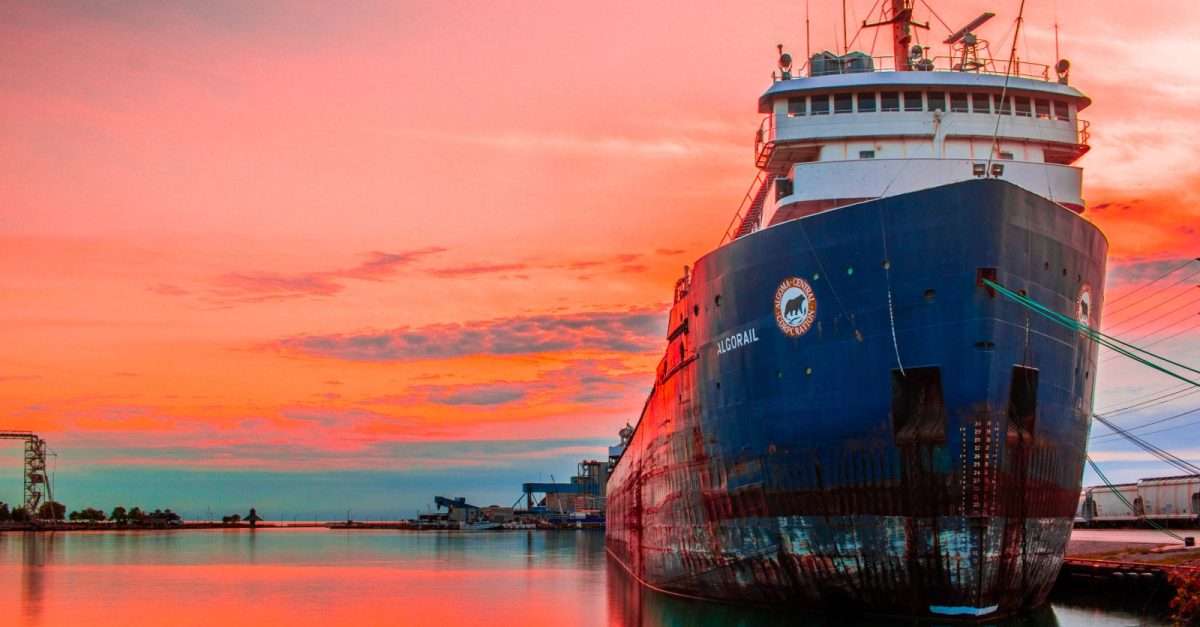Maersk wants to reduce emissions with an electric buoy
In order to mitigate the consequences of climate change in the long term and possibly achieve the goals of the Paris climate agreement, innovative and sustainable solutions are required. Almost every problem can be broken down into smaller chunks, so every task becomes manageable and can be implemented in the medium term. Shipping continues to account for many of the emissions released each year, and Maersk has an idea on how to reduce this footprint.
Because a division of the Danish shipbuilder would like to eliminate the emission of harmful greenhouse gases in the long term at times when the ship is parked or the crew is taking a break. For this purpose, a buoy is to be converted into an electrical charging station to which the means of transport is connected.
While this may only sound like a small solution, the impact should not be underestimated. While freighters are waiting to enter a port, the long-term operation of the vehicle is currently ensured by the available heavy fuel oil. And the wait time at ports around the world seems to be increasing rather than decreasing.
Especially in times of the coronavirus pandemic, cargo ships often have to wait several days or weeks on the high seas. Switching off this source of emissions when reaching the coast would therefore lead to significantly better air for the residents in the short term and also to a strong reduction in greenhouse gases in the long term.
The first electric charging station on the high seas is scheduled to be launched in the third quarter of 2022. To this end, they have teamed up with the Danish wind power expert Ørsted, a service ship of the operator of wind turbines is then supplied with green electricity at night. To ensure that the project catches on, everyone who is interested is involved in the progress.
Because the knowledge gained should be published and thus also be available to other companies. In this way, the competition could also develop the technology further and the future could be made greener. In the next 5 trips, they want to eliminate 5.5 million tons of carbon dioxide with the loading buoy.
Via Electrek



